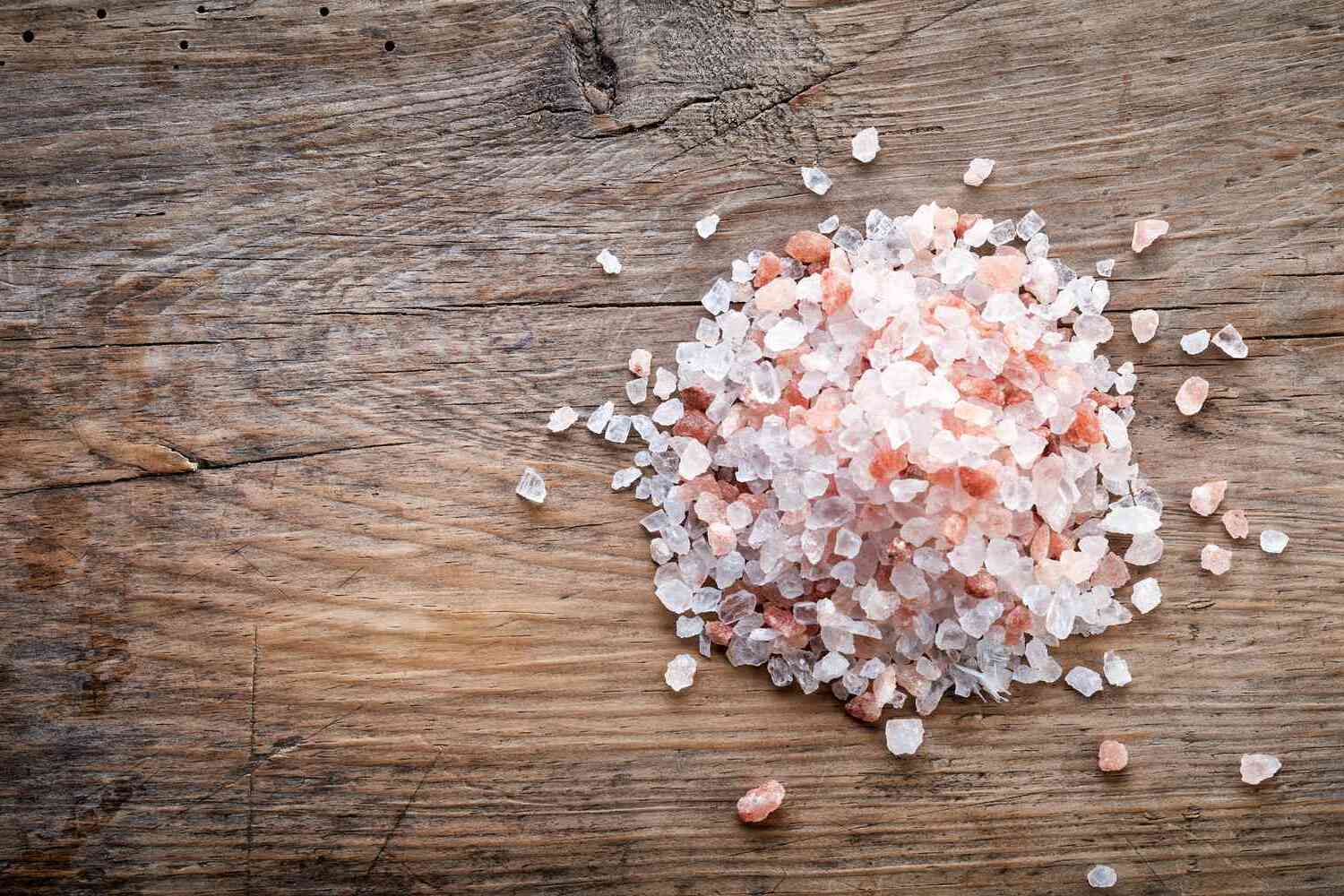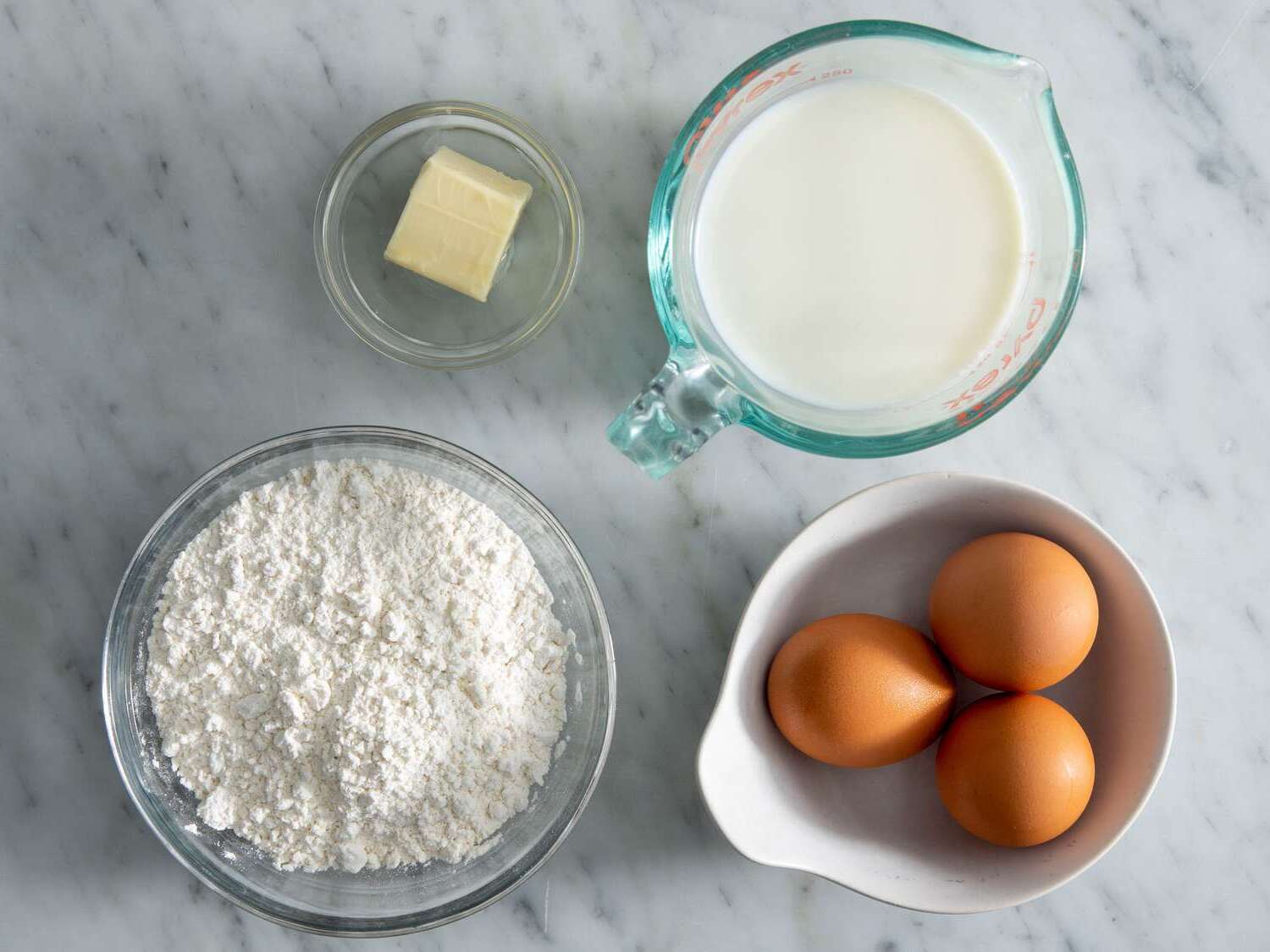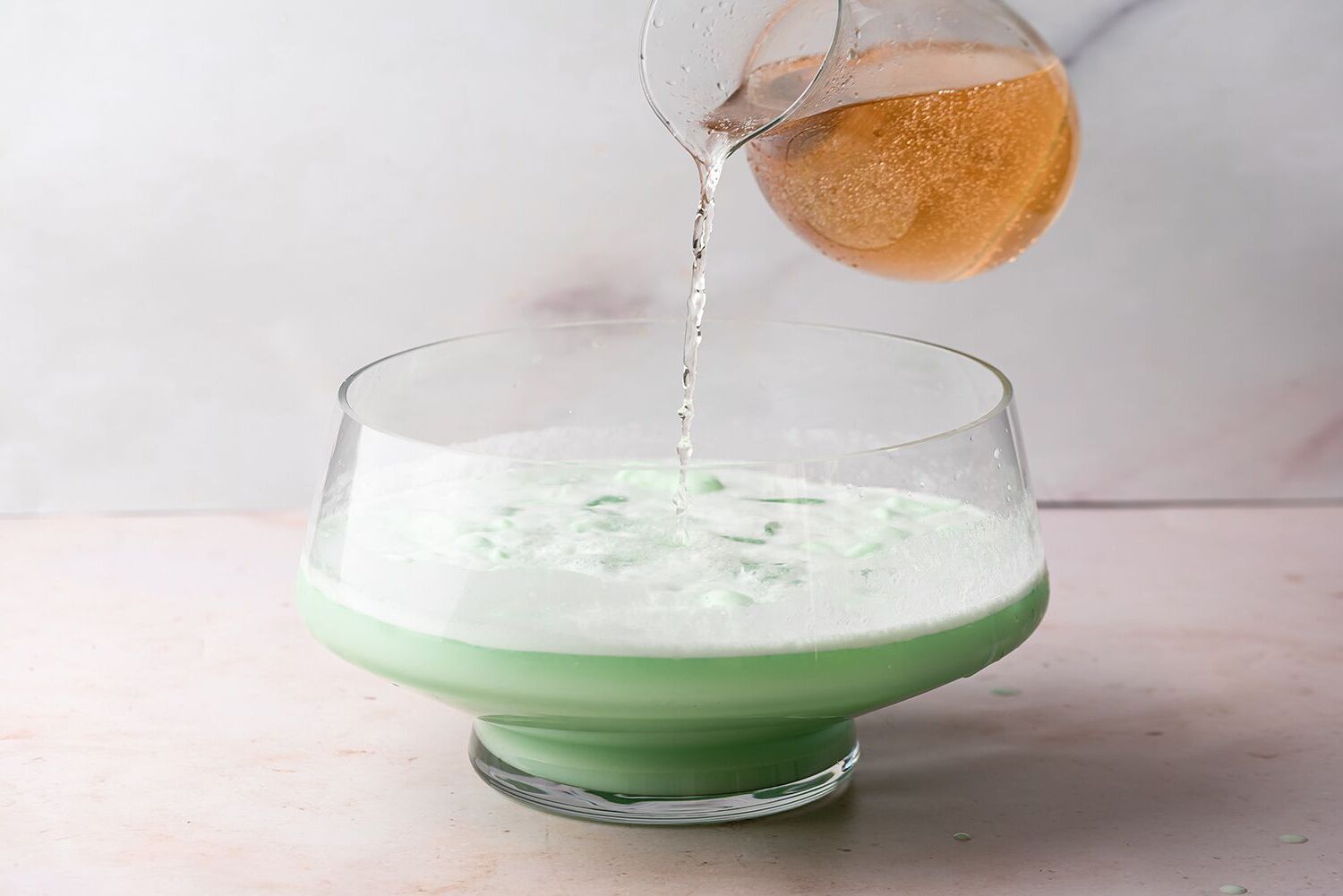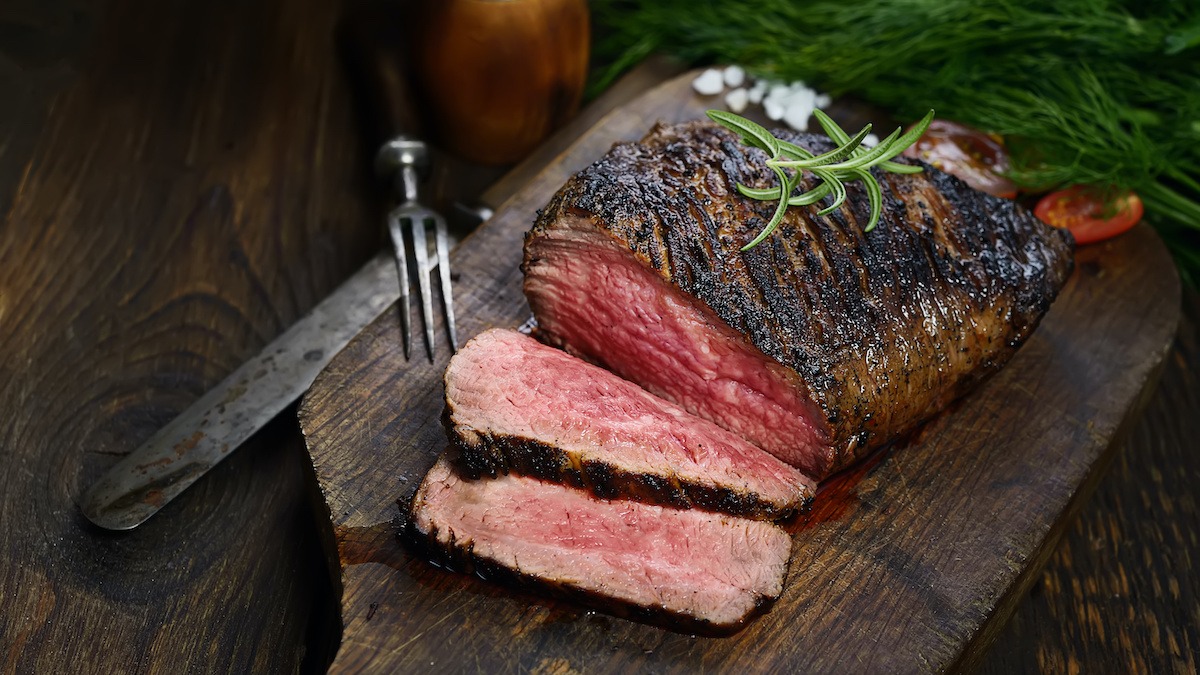When it comes to cooking and adding flavor to your dishes, vinegars play a crucial role. Two popular types of vinegar that are often used in cooking are red wine vinegar and balsamic vinegar. While both are acidic and flavorful, they have distinct differences that make them suitable for different culinary applications. In this article, we'll explore the characteristics of red wine vinegar and balsamic vinegar, and highlight the key differences between the two.
Red Wine Vinegar
Red wine vinegar is made from red wine that has been allowed to ferment until it turns sour. The process involves exposing the wine to oxygen, which allows the bacteria in the air to convert the alcohol in the wine into acetic acid. This results in a tangy, acidic vinegar with a deep red color. Here are some key points about red wine vinegar:
- Flavor: Red wine vinegar has a bold, tangy flavor with a hint of fruitiness from the red wine.
- Color: It has a deep red or ruby color, which can add a vibrant hue to dishes.
- Acidity: Red wine vinegar is moderately acidic, which makes it suitable for salad dressings, marinades, and pickling.
- Versatility: It pairs well with robust flavors and is often used in Mediterranean and French cuisines.
Balsamic Vinegar
Balsamic vinegar originates from Italy and is made from unfermented grape juice, or "must," that is aged through a slow and meticulous process. The must is aged in wooden barrels, which contributes to the complex flavors and rich, dark color of balsamic vinegar. Here are some key points about balsamic vinegar:
- Flavor: Balsamic vinegar has a sweet, complex flavor with hints of fruit, wood, and caramel.
- Color: It ranges from dark brown to almost black, adding a deep color to dishes.
- Acidity: Balsamic vinegar is less acidic compared to red wine vinegar, making it suitable for glazes, reductions, and drizzling over dishes.
- Versatility: It is often used in Italian cuisine and is prized for its ability to enhance the flavors of both sweet and savory dishes.
Key Differences
Now that we've explored the characteristics of red wine vinegar and balsamic vinegar, let's highlight the key differences between the two:
- Ingredients: Red wine vinegar is made from fermented red wine, while balsamic vinegar is made from unfermented grape must.
- Flavor: Red wine vinegar has a tangy, acidic flavor, whereas balsamic vinegar has a sweet, complex flavor profile.
- Color: Red wine vinegar has a deep red color, while balsamic vinegar ranges from dark brown to almost black.
- Acidity: Red wine vinegar is more acidic than balsamic vinegar, which impacts their culinary uses.
In summary, while both red wine vinegar and balsamic vinegar are vinegar products, they offer distinct flavors, colors, and levels of acidity. Understanding the differences between the two can help you choose the right vinegar for your culinary creations, whether you're making a zesty vinaigrette or a flavorful glaze.











